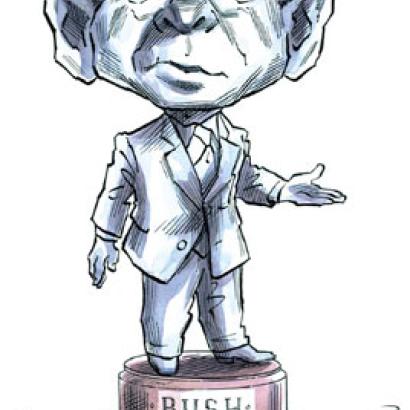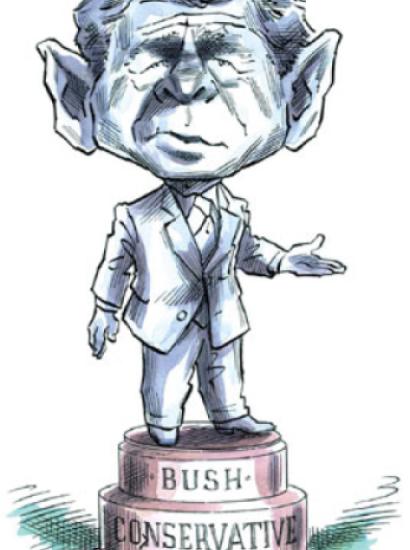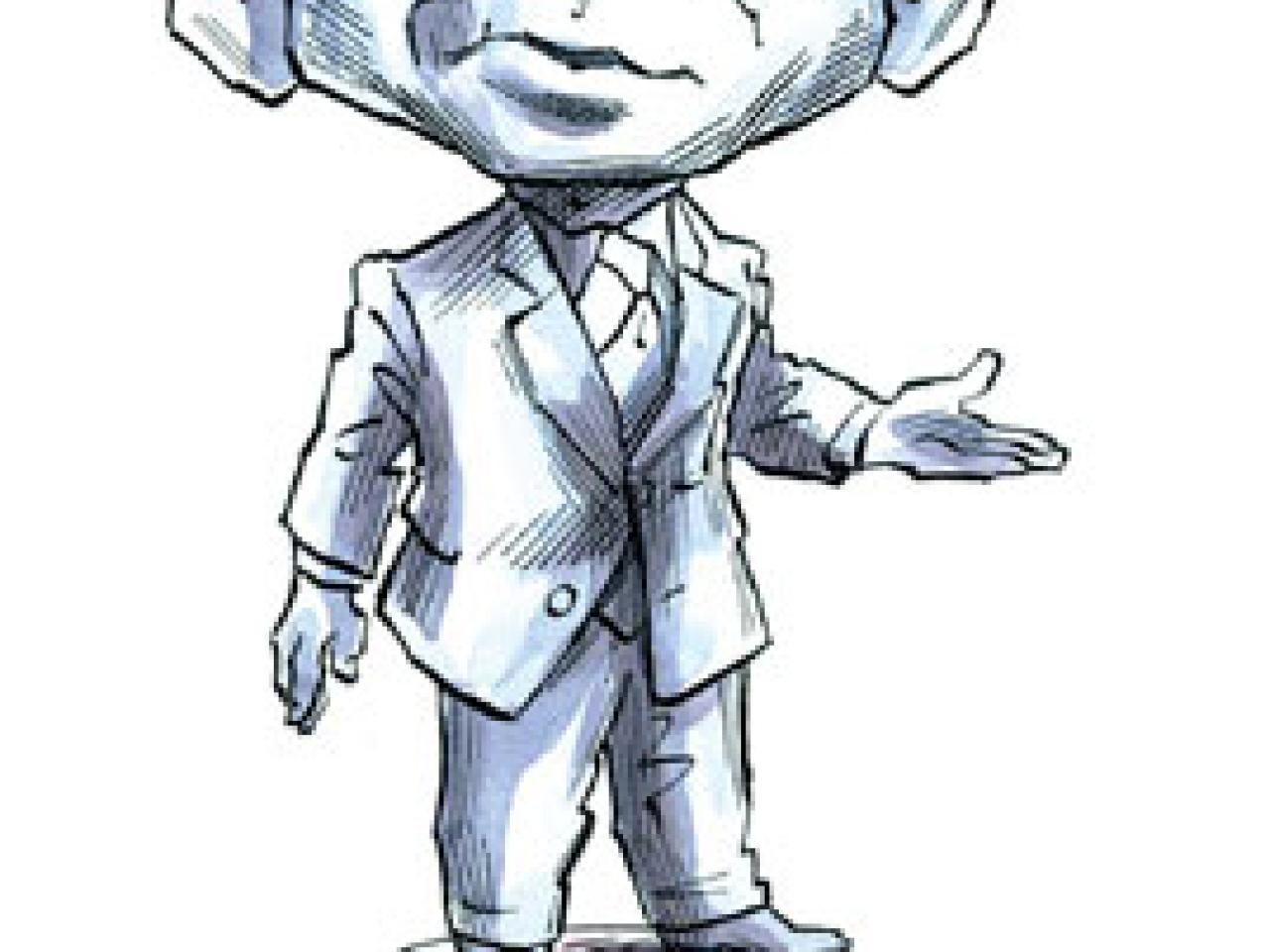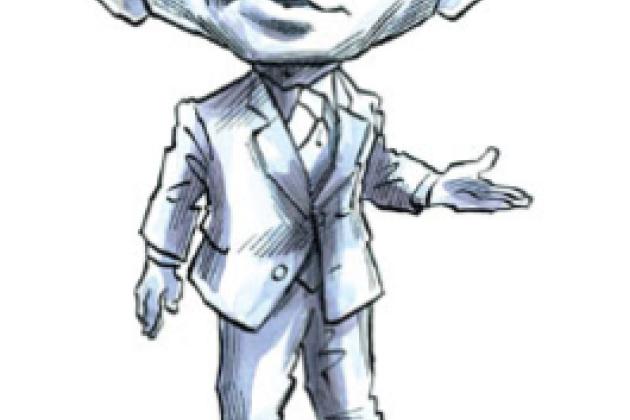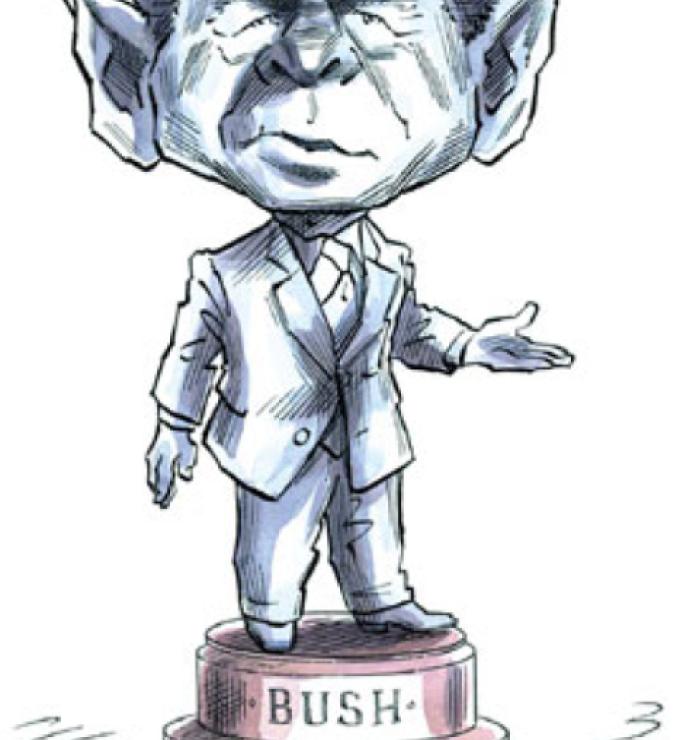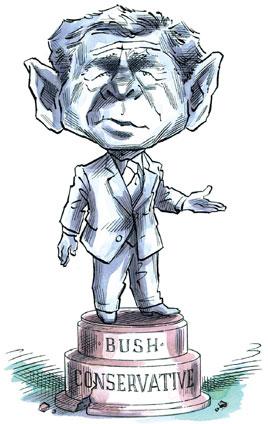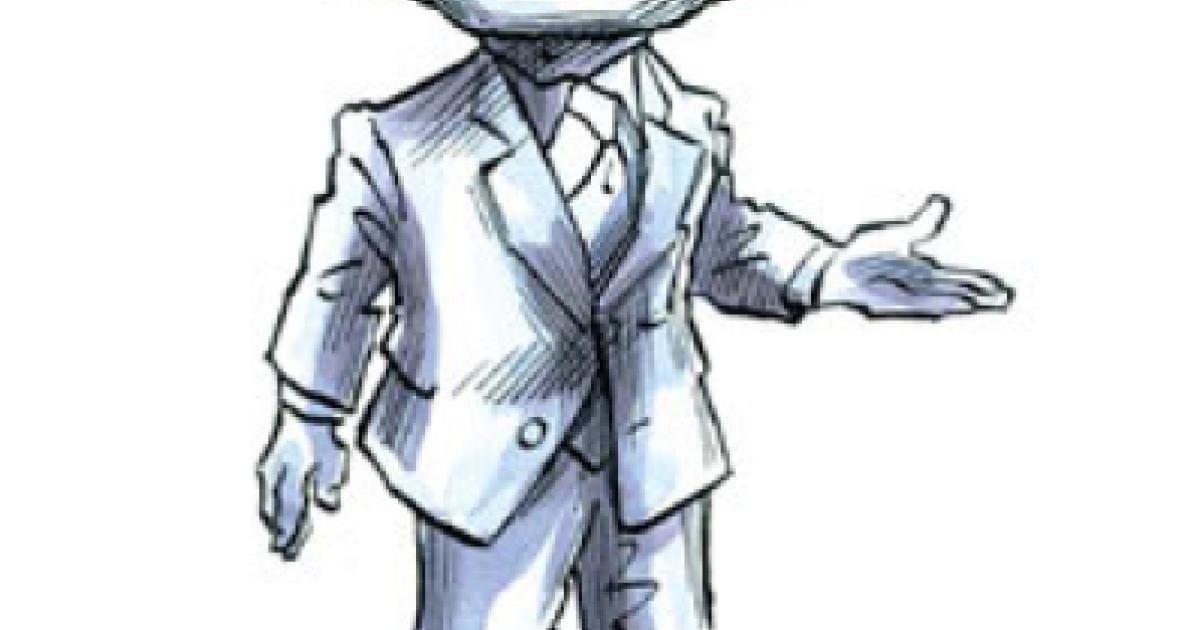- International Affairs
- Contemporary
- Campaigns & Elections
- History
- Politics, Institutions, and Public Opinion
One of the few matters that Democrats and Republicans apparently agree on these days is the use of “liberal” and “conservative” as shorthand for the political left and right, respectively. Their agreement on these labels is ironic, because the economic policies associated with liberals and conservatives in America are the mirror images of what they stand for in the rest of the world.
The contrast is sharpest in China and Russia, both of which are struggling to manage a transition from highly centralized planned economies to market-driven ones. But the contrast persists in Japan and Europe as well.
In China, most of the recent reform measures that limit the central government’s control of the economy are viewed by both the ruling Communist Party elite and the media as the consequence of “liberalization” policies, and so their advocates, with linguistic logic, are viewed as “liberals.” In China’s political discourse, the term is applied as both criticism and praise.
The liberal reform measures are reflected in the rapid growth of private enterprise, which currently accounts for more than 55 percent of China’s GDP—a share that continues to increase because the private sector’s growth rate substantially exceeds that of the state sector. China’s liberalization is also reflected by the wider opening of domestic markets through reduction of tariffs and regulatory trade barriers and by the gradual opening of finance and banking to foreign competition in compliance with China’s pledges to the World Trade Organization. Liberalism is also reflected in a growing (if sometimes grudging) recognition of the crucial importance of private entrepreneurs, as reflected in their admission to the Communist Party.
Staunch conservatives (sometimes called leftists), who favor state ownership of enterprises and reversal of market liberalization, have expressed vigorous opposition to these measures. Liberal reformers have been urged by the Communist Party’s own People’s Daily in a recent editorial to “stay the course and stiff-arm the leftists.”
A persistent question in China is whether the party’s top leadership genuinely supports liberalization or whether the policies result from forces—both internal and external—that the Communist Party is reluctantly accommodating. When China’s previous top leader, Jiang Zemin, articulated his “Three Represents” concept in 2001—which made capitalist entrepreneurs eligible for party membership—this liberal innovation was considered particularly surprising because it emanated from someone previously regarded as a stalwart party conservative.
To the same point, a favorite pastime of today’s China watchers is conjecturing whether the current top leaders, Hu Jintao and Wen Jiabao, genuinely support liberal policies or are simply accepting some of them to ease pressure to accept more. The new debate currently under way in party circles concerning the building of a “harmonious society” is partly intended to bring liberals and conservatives together by focusing on a moderate reform agenda.
In Russia, too, vehement debates are under way between conservatives who endorse the Putin government’s expansion of government intervention in the economy—especially in oil and gas, telecommunications, and other key sectors—and liberals who vigorously, if vainly, oppose it. Among the vocal liberals are several former top officials in the Yeltsin regime, including the former prime minister,Yegor Gaidar, the former minister of economic planning, Yevgeny Yasin, and a former top Putin economic adviser who is now out of favor, Andrei Ilarionov.
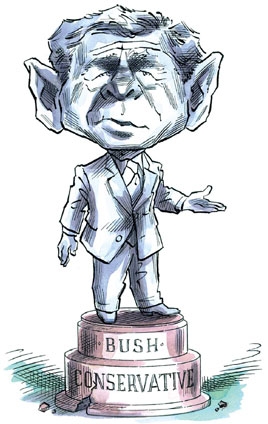
A central issue in the debate is what to make of the economy’s relatively high growth rate—its annual average since 2000 has been above 6 percent, three times the average of the other (albeit, far richer) G-8 members. Russia’s liberals argue that the rapid growth is largely due to windfalls from the run-up in world prices of Russia’s oil and gas exports. And they are backed by recent Rand research concluding that about 40 percent of Russia’s growth is attributable to energy prices rather than to government policies.
The liberals contend that growth would have been, and would now be, even higher if the interventionist conservative Putin regime had opened Russia’s domestic markets more fully to foreign as well as domestic competition. The liberal critics also argue that the economy’s current double-digit inflation would have abated if some of Russia’s sharply increased foreign exchange holdings (currently more than $250 billion) were used for imports of investments and consumer goods in response to market demand.
Stated simply, Russia’s liberals want less government intervention and control, whereas the Putin conservatives want more.
WHERE LIBERALS BACK PRIVATIZATION
Although the liberal-conservative debate is especially vigorous in transition countries, it is no less manifest in developed, industrialized economies, including Japan and the European Union. Consider Japan’s recently enacted program of privatizing the Japan Post, the government-run savings and life insurance system. With assets of more than $3 trillion, the system is the largest financial intermediary in the world. It is government owned and has been protected from competition as a recipient of savings deposits since its inception. Privatizing the system is the most dramatic reform undertaken by the former Koizumi government, requiring a national election last year to overcome parliamentary opposition—including extensive opposition within Junichiro Koizumi’s own party.
Opponents were viewed (and viewed themselves) as conservatives and included much of Japan’s large and influential bureaucracy, as well as large numbers of voters with long-standing attachments to the safe and reassuringly familiar savings system. Supporters of privatization, including most of Japan’s modern financial and business organizations, which saw their main chance in market deregulation, were viewed as liberals. Koizumi’s successor as Japan’s prime minister, Shinzo Abe, is committed to privatizing Japan’s postal savings, as well as other “liberal” policies, like reducing government spending and opening Japanese markets to more foreign trade and investment.
Finally, according to a recent study by the Fraser Institute (a free-market-oriented Canadian think tank), starting a new business in Japan is twice as time-consuming and costly as it is in the United States because of the plethora of licenses, clearances, and mandated waiting times required by government regulators. Those in Japan who deplore such obstacles are viewed as liberals; those who support them are conservatives.
Similar alignments and corresponding labels pervade the economies and societies of the European Union. To be sure, Europe has solid credentials for contributing both to classical liberalism and to statist conservatism. The intellectual roots of liberalism’s emphasis on free markets, open international trade, and the benefits of entrepreneurship lie in the writings of Adam Smith, David Ricardo, and the Manchester School movement in Britain; François Quesnay and the physiocrats in France in the eighteenth and nineteenth centuries; and later contributions by the Austrians Joseph Schumpeter and Friedrich Hayek.

On the other hand, Europe has no-less-solid intellectual credentials for building the case for economic control by the state, either directly through ownership of productive assets or indirectly as the principal planner and regulator of privately owned and mixed public-private enterprise. Although the intellectual stature of Karl Marx and European socialism has been degraded by the sorry record of the Soviet Union and other socialist states, the welfare state remains a central component of the “social market economy” (to use a term favored by several prominent European Union members) that has become the conservative antidote to classical liberalism in Europe.
One example of these historical crosscurrents is the active resistance within the European Union to ending its Common Agricultural Policy, built on subsidies to Europe’s high-cost farmers. The “conservatives,” who favor the subsidies and other forms of agricultural protectionism, appear to be stronger than the “liberals,” who favor their removal. As a consequence, the Doha round of trade “liberalization”—which turned on the opening of agricultural markets in Europe and the United States—has been aborted.
The cost and delivery problems currently besetting Airbus, the European commercial aircraft consortium, and its principal owner, the European Aeronautic Defense and Space Company, provide another example of the conservative versus liberal stance in Europe that contrasts with U.S. practice. The shared majority ownership by the French and German governments is defended by “conservatives” like France’s former president, Jacques Chirac, and its prime minister, Dominique de Villepin, and deplored by “liberal” business interests and media commentators.
IN AMERICA, THE MEANINGS CHANGE
Why the reversal of the meanings of liberal and conservative in the United States? The roots lie in the Great Depression in the 1930s and the expansion of the government’s economic responsibilities initiated in response by President Roosevelt under his administration’s New Deal. In his second inaugural address, in 1937, Roosevelt expressed his faith in “the innate capacity of government . . . to solve problems once considered unsolvable.” The expansion of governmental responsibilities that followed encompassed full employment, social insurance, health care, education, market regulation, and environmental protection, thereby testing and further stretching the “innate capacity” that Roosevelt applauded.
“Liberals,” following the lead of Roosevelt and the Democratic Party, became advocates of this expansion in the name of social justice. “Conservatives” have accepted their label and defined the opposition. That these labels are exactly reversed in the United States is best thought of as another instance of American exceptionalism, a reflection of arguably unique American circumstances.








